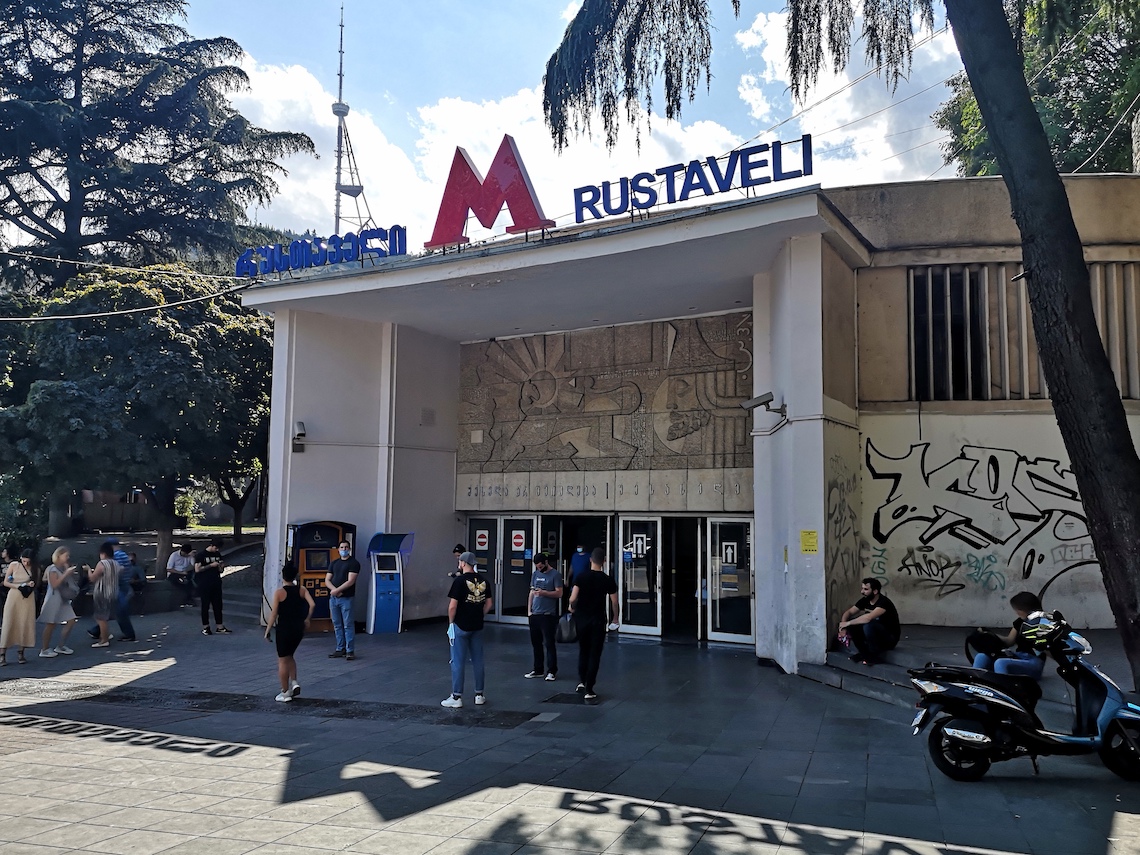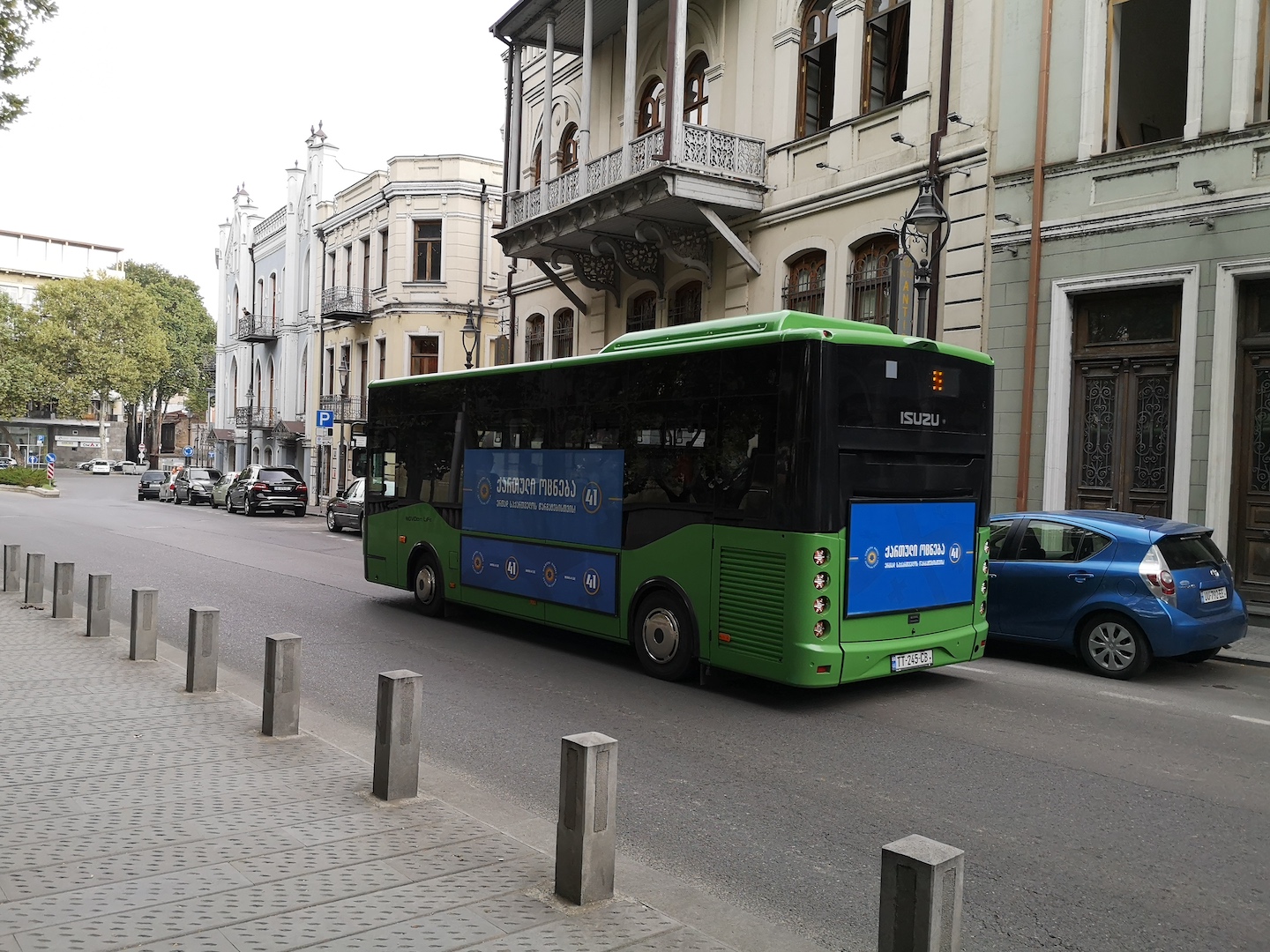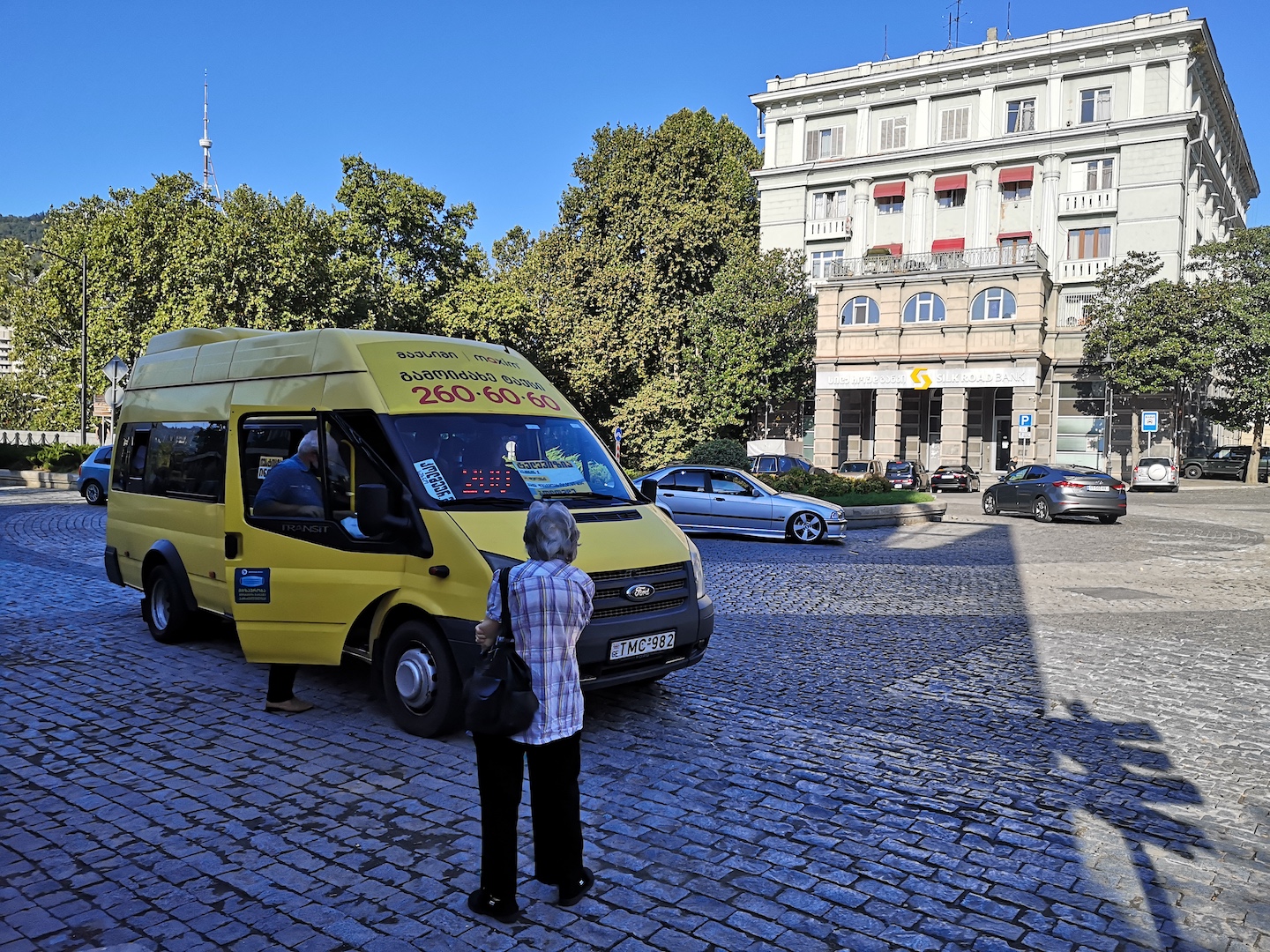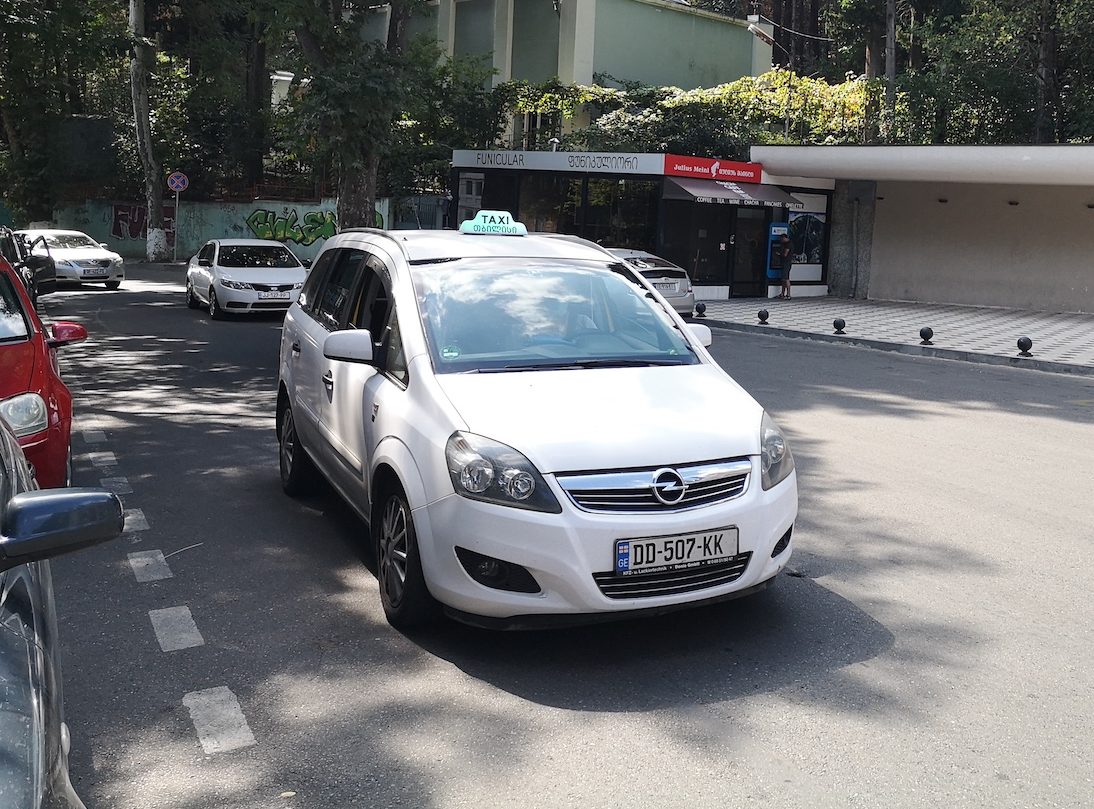Metro, Bus and Taxi in Tbilisi – Public transportation in Georgia
Tbilisi has various networks of transportation, of which some are under the TTC (Tbilisi Transport Company), and some are private owned. They include the buses, minibuses (also known as ‘Mashurtkas’), Subway, Taxis. Read the most important infos about public transportation in this Guide.
Subway Metro

Opening Hours: 6am-12am
As the most used public transport system in Tbilisi, it covers all axis of the city, and also has 21 running stations in the city, 3 stations out of the 21 stations do not operate underground. It takes an average of 3-5 minutes for a metro to arrive, prior to every metro’s arrival to a station, an announcement is made in both English and Georgian languages in order to alert the passengers in the metro. A location map of the city is always present in the metro to aid tourists in navigating their next destination. The transportation fee for each passenger is different.
Metro Prices
The only acceptable mode of payments is with smartcards, which requires a tap on the machine to grant you access down the escalator. Tourists have the option of getting a smart card from the metro station at the cost of 2.00 lari and top it up from 0.50 tetri for payment. Each payment lasts for 90 minutes.
Tbilisi Buses


These are the most extensive forms of transportation in the city, as they cover every single area. There are two types of buses, the E-bus and the normal buses. The E-buses are the ones colored blue and green, while the Yellow ones are the normal buses. However, most of the yellow buses are now being converted to E-bus. The buses are identified by their numbers, and these numbers are displayed on the electronic board at every bus stop. There is an electronic time and location machine at every bus stop to help give the directions of the buses. The buses are pretty much comfortable when they are less full. There is a bus coordinator in each bus to monitor payments and make sure all passengers maintain the rules of the bus. The fine for not paying in the bus cost around 50lari. The most important bus to take note of in Tbilisi is the bus no 37, also known as ‘AIRPORT BUS’, and the only bus that operates for 24hrs a day. During the Summer, the majority of the E-buses are powered with Air conditioners, and during winter, they are powered with the heaters.
The cost, duration of payment, mode of payment and working hours of the buses are the same as the metros.
MINI-BUSES (also called MARSHUTKAS)

Opening hours: 7am – 12pm
These buses run within and outside the city. They are identified by their numbers written destinations are displayed on an electronic dash on the bus. However, the locations are only written in Georgian language. For tourists, it is advisable to ask the drivers if they are heading to your destination before boarding. Most of the buses are private owned, so you pay only the driver at the end of your trip. The cost of each trip is between 0,50 Lari – 0,80 Lari. Payment is per trip and does not last up to 90 minutes like the buses and Subway.
Payment: Through Smartcards purchased at the metro stations, and by coins and notes. The drivers usually give back changes if you do not have the exact fare.
Taxis in Tbilisi

Opening hours: 24hrs
Taxis in Tbilisi are very cheap, compared to other cities in Europe. A 30 minutes ride could cost about 7.00- 9.00 lari, which is about $2-$3. There are individual taxis, and those that come with a company. Recently, the government made all the taxi drivers paint their cars white, so that they could be easily identifiable to others. As a tourist, I strongly advice to use the taxis that come with a company, as they are more regulated than the individual ones, and should incase anything go wrong, it’s easier to solve the issue. The most popular taxi companies are Yandex, Taxify and Bolt, Yandex being highly recommended. You can download their apps on google or play store, to be able to operate them. If in case you need to use the individual taxis, make sure to negotiate prices with them before boarding the taxi, because chances are that they charged you higher than the original price, this is mostly done to foreigners.
Costs: Depends on your destination.
Payment: Majorly cash, and credit cards can be used with the company taxis.







